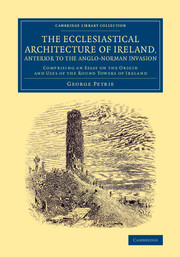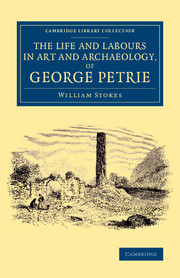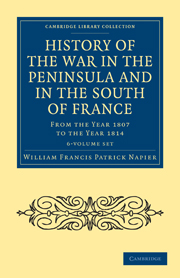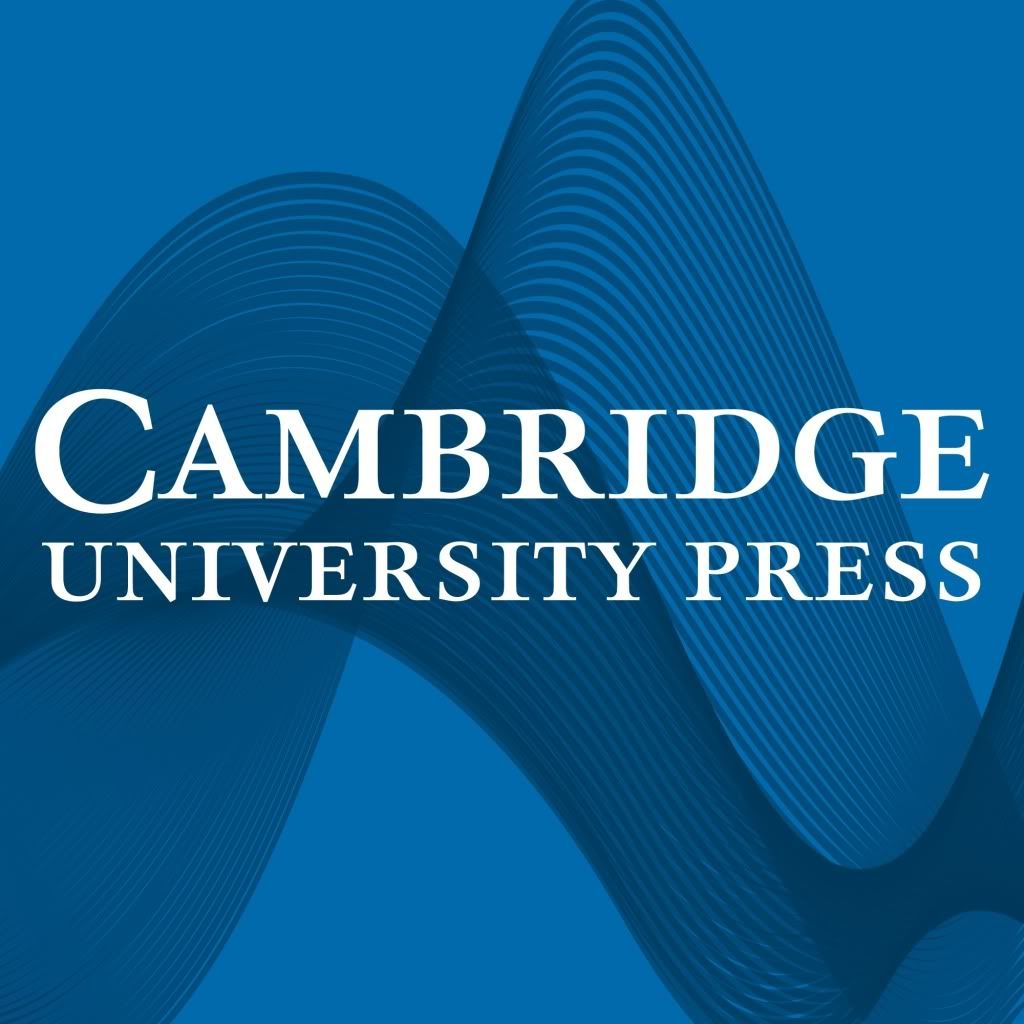 Yes, folks, the Revocation of the Edict of Nantes strikes again! This time it was Ireland rather than England that got the benefit of Louis XIV’s intolerance, albeit after an indirect journey via the Netherlands. Gabriel Beranger (1729–1817) was, as this work states, ‘born at Rotterdam, and in 1750, when about twenty-one years of age came to Ireland, in order to unite by marriage the two branches of the family’.
Yes, folks, the Revocation of the Edict of Nantes strikes again! This time it was Ireland rather than England that got the benefit of Louis XIV’s intolerance, albeit after an indirect journey via the Netherlands. Gabriel Beranger (1729–1817) was, as this work states, ‘born at Rotterdam, and in 1750, when about twenty-one years of age came to Ireland, in order to unite by marriage the two branches of the family’.
The book was published in 1880, after the death of its author, Sir William Wilde (1815–76), ophthalmic surgeon, keen antiquary and father of the more famous Oscar. Wilde is a fascinating character in his own right, widely travelled, moving in intellectual circles across Europe, a friend of Sir James Clark, Maria Edgeworth, Sarah Lee, and Alexander von Humboldt. In 1841 he returned to Ireland to open a specialised eye and ear hospital for the poor in a former stable in Dublin.
Such time as he could spare from his medical duties was taken up in research on the history of Ireland, and this book (completed after his death by Lady Wilde (1821–96), a book of whose essays we have also reissued) is one of many he published on the history, archaeology and folklore of his country. (It has the added benefit of a short biography of Wilde himself, who met Boucher de Perthes among other archaeological luminaries who visited Ireland.) Indeed, it’s debatable whether we should have classed it as ‘art and architecture’ rather than ‘archaeology’, because Wilde takes as much if not more interest in the subjects of Beranger’s architectural drawings and landscapes as he does in their painter.

The round tower of St Michael le Pole in Dublin, demolished on health and safety grounds not long after Beranger had drawn it.
Getting back to Beranger, nothing is know about his artistic training, but he opened a print shop on St Stephen’s Green in Dublin (where a member of the family had previously had a coffee shop). He clearly made the acquaintance of some keen antiquaries, including General Charles Vallencey (also of Huguenot descent) and the Irish aristocrat William Burton Conyngham.
With these friends and another artist, Angelo Bigari, Beranger made tours around Ireland, measuring, planning and drawing ancient buildings and ruins, from the archbishop of Dublin’s palace at Tallaght to round towers, rune stones, cahirs, cashels, cromlechs, cloughauns and many other monuments, which, as Wilde points out, had deteriorated further in the ensuing century, to the point of collapsing or being robbed for their stone.
Beranger kept an extensive journal from which Wilde quotes to log his movements; Lady Wilde does so much more generously in her concluding section. He is a lively, humorous and observant writer, and a non-archaeologist might think it a pity that there is not more from him in the first part of the book, rather than Wilde’s exposition of the sites he visited (with ample footnotes, and cross-references to other publications, especially the works of George Petrie (1799–1866), some of whose works, including his biography by his colleague William Stokes (1804–78) we have also reissued).
Wilde gives a description of Beranger: ‘The good old Dutchman was spare in person, of middle height, his natural hair powdered and gathered into a queue; he had a sharp, well-cut brow, and good bushy eyebrows, divided by the special artistic indentation[??]; A clear, observant, square-ended nose, that sniffed humbug and took in fun; clear, quick, brown eyes; a well-cut playful, dramatic mouth, eloquent and witty; not a powerful, but a chin quite congruous with the face.’ Frustratingly, one of the two known drawings of Beranger was used in the first instalment of Wilde’s original journal publication, but not in this book. A (somewhat darkened) version of it was later used in Walter Strickland’s Dictionary of Irish Artists (1913), which we have reissued.

Beranger, from Strickland’s ‘Dictionary of Irish Artists‘
One of the interesting features of his travels in rural Ireland (reminiscent of Edward Pugh’s experiences in Wales) is that the party needed an interpreter once they were clear of Dublin. (Bigari, who spoke only Italian and French (and for whom Beranger presumably acted as translator), was possibly less affected by this than the others?) However, Beranger had a few words of Irish: ‘I … remembered the Irish phrase I formerly learned of “Torum pogue Calinogue”, which I repeated to every girl, who immediately came to kiss me…’. Moreover, unless accompanied by a local landowner, many of whom offered generous hospitality and took a great interest in their doings, the party were occasionally (again like Pugh) taken for spies.
From a school in a ruined abbey to a diet of toasted rhubarb (?) and burnt whiskey (??) as a panacea for diarrhoea and vomiting, there is a great deal to enjoy in this work. In terms of the archaeological record, Wilde is with William Morris and the work of the Society for the Preservation of Ancient Buildings: ‘According to my view, what is required now, is preservation, not restoration; and I trust that idea will be entertained by those into whose hands – either local or general – the care of these national monuments is entrusted.’
Caroline









Pingback: Roget’s Thesaurus | Cambridge Library Collection Blog